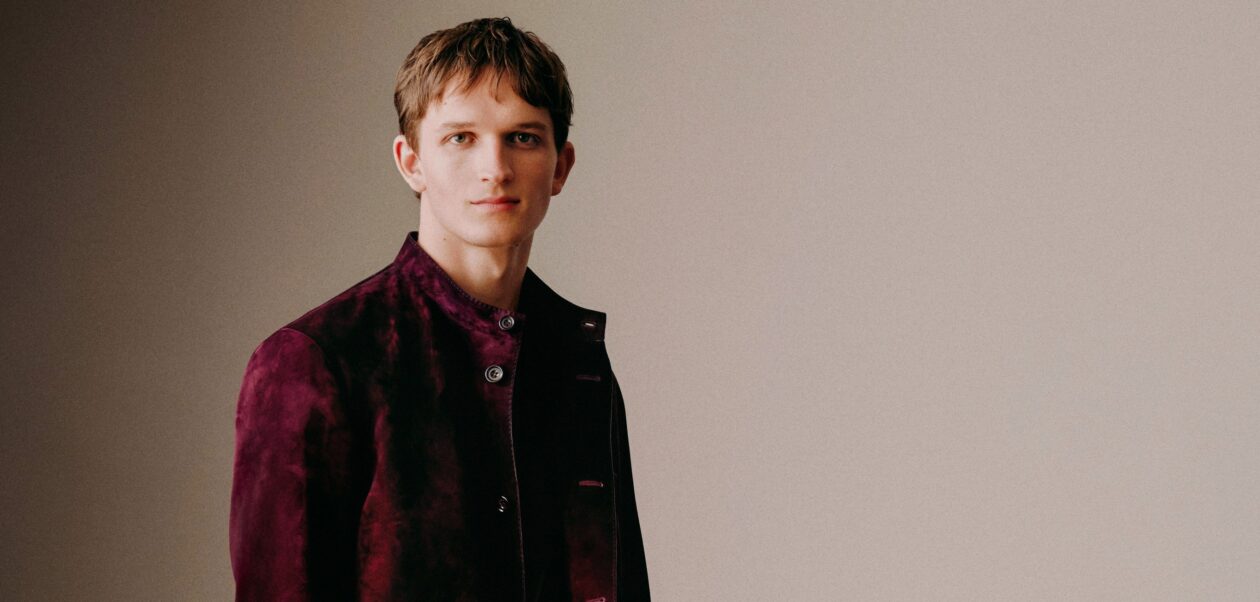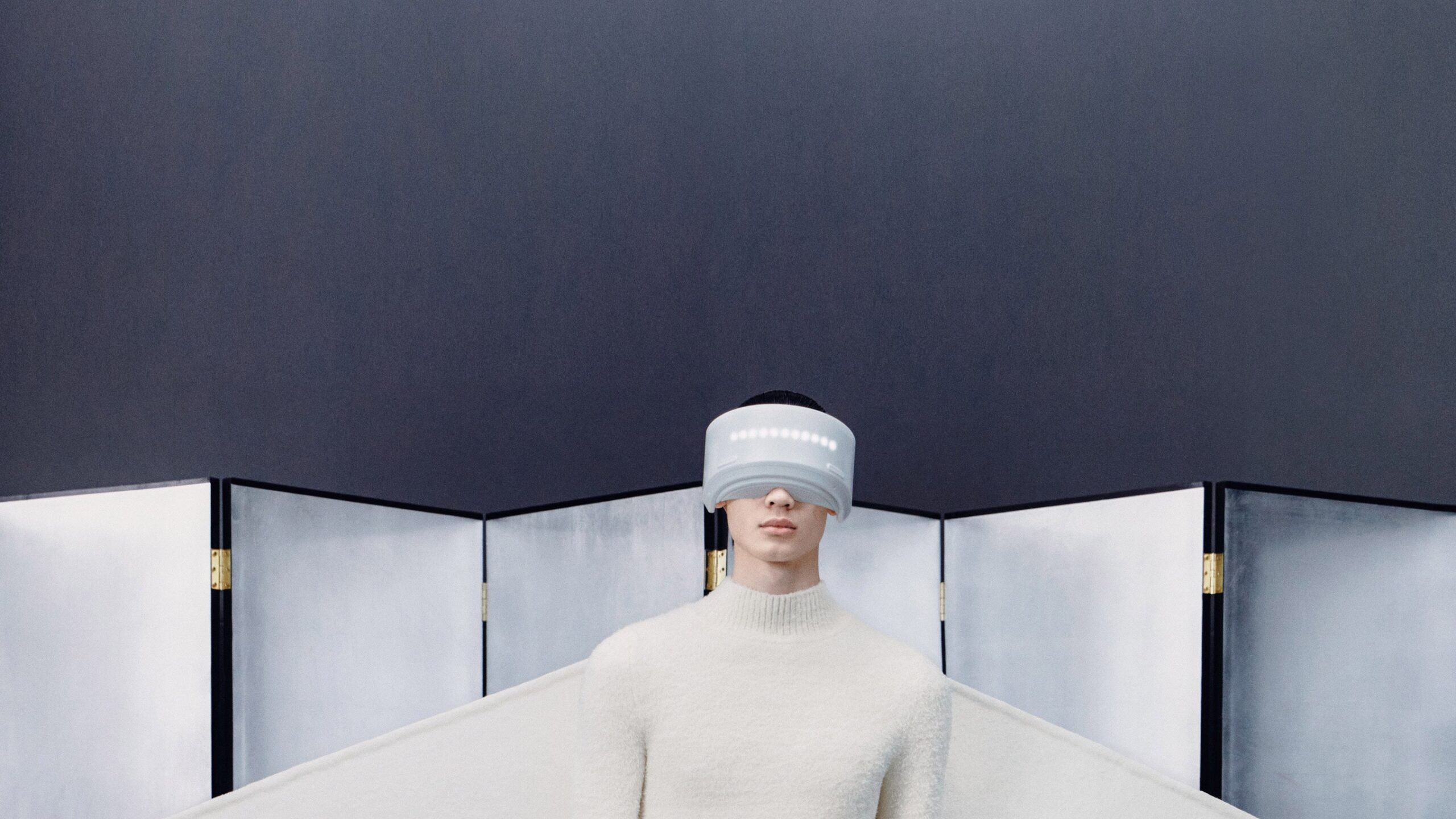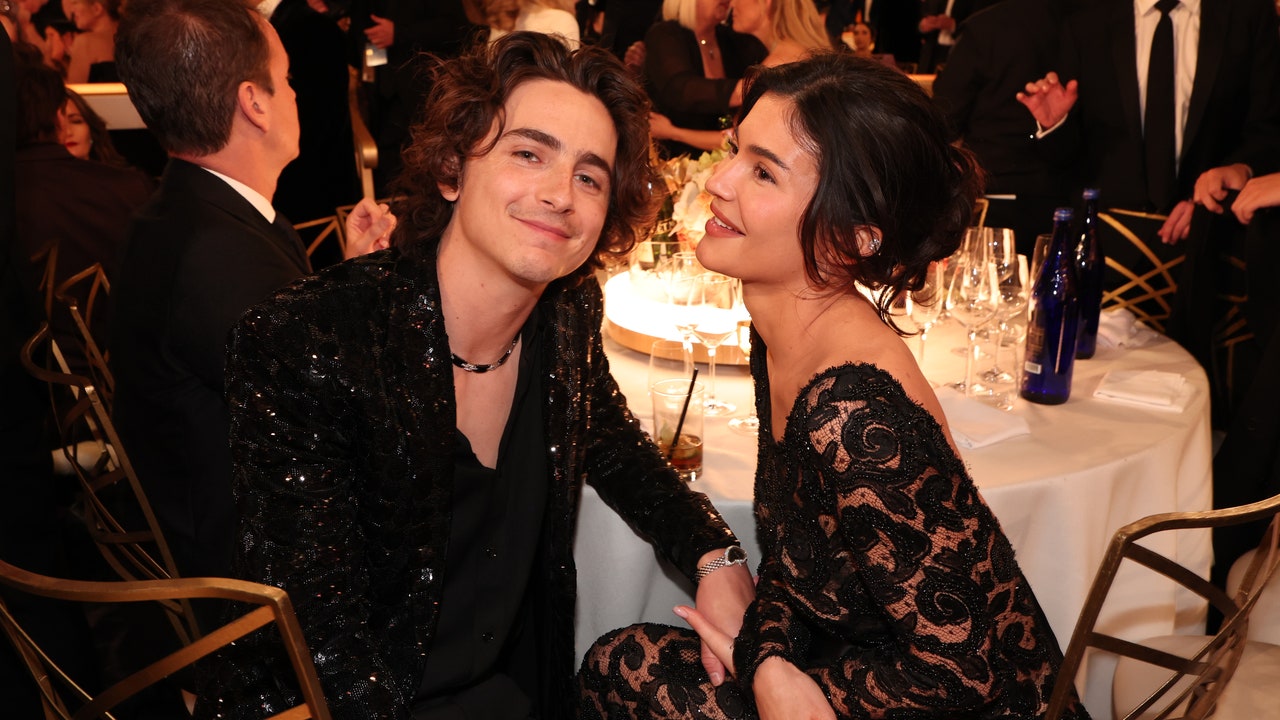When the gentrifying onrush of creative industry Brooklyn incomers started appropriating workwear staples like Carhartt at the turn of this century, they were following a blueprint first laid out by Le Corbusier. Back in 1947 the OG brutalist asked his Left Bank tailor, Arnys, to run him up a pragmatic jacket to draft his Machines For Living In in. The house’s Léon Grimbert duly delivered, serving up an unstructured, round-necked, patch-pocket workwear jacket in purple corduroy that featured olive piping and gray elbow patches. Christened Le Forestiere, it was modeled on those worn by gamekeepers in the Val-de-Loire.
Back in 2012, when it was creatively directed by Alessandro Sartori and directly overseen by Antoine Arnault, Berluti purchased Arnys. As well as its impeccable tailoring archive and savoir faire—I once leafed through its swatch books containing Arnys orders from Pierre Bergé and Yves Saint Laurent (who by coincidence was responsible for first introducing Andy Warhol to Berluti)—that sale brought Berluti the heritage of Le Forestiere.
At this season’s Berluti presentation that heritage was unearthed for the first time in way too long. As well as a recreation of Le Corbusier’s original commission, there were new versions in suede, cashmere (the nicest), and velvet, plus a longer version (which I don’t think can truly be counted Forestiere) in a gray herringbone wool. Every workwear bro who got into Bitcoin or Nvidia early should get into a Forestiere too.
Elsewhere, there was a striking display of shoes that included a true grail. This was one of the very first shoes created by Alessandro Berluti himself when he founded his business back in 1895. Only the right shoe remains in the house archive—it should surely set its artisans the task of recreating a new mirror image to complete the pair—but it was a wonderful thing to see. Alongside that were presented 10 shoe designs that trace the lineage of Berluti’s Démesure line. A new model included the Mont Thabor, a chisel toe evening style in multiple shades of black. That sounds unlikely but when held up to the light, or subjected to a phone flashlight, you could see a layer of berry red, green, and other shades applied by Berluti’s colorists and polishers. There were multiple other new versions of the shape too, each speaking to a different phase in Berluti’s development.
Finally the brand focused on bags, a category it introduced 20 years ago under the stewardship of Olga Berluti. A new model called the Périple bag was especially attractive: a grip whose construction echoed that of a shoe and which was crafted in a softened version of the Venezia leather customarily used here. This was a highly interesting and civilized presentation that highlighted the house’s 130th anniversary without being too bombastic or self-aggrandizing. Most importantly, however, it revived the magnificent Forestiere.




